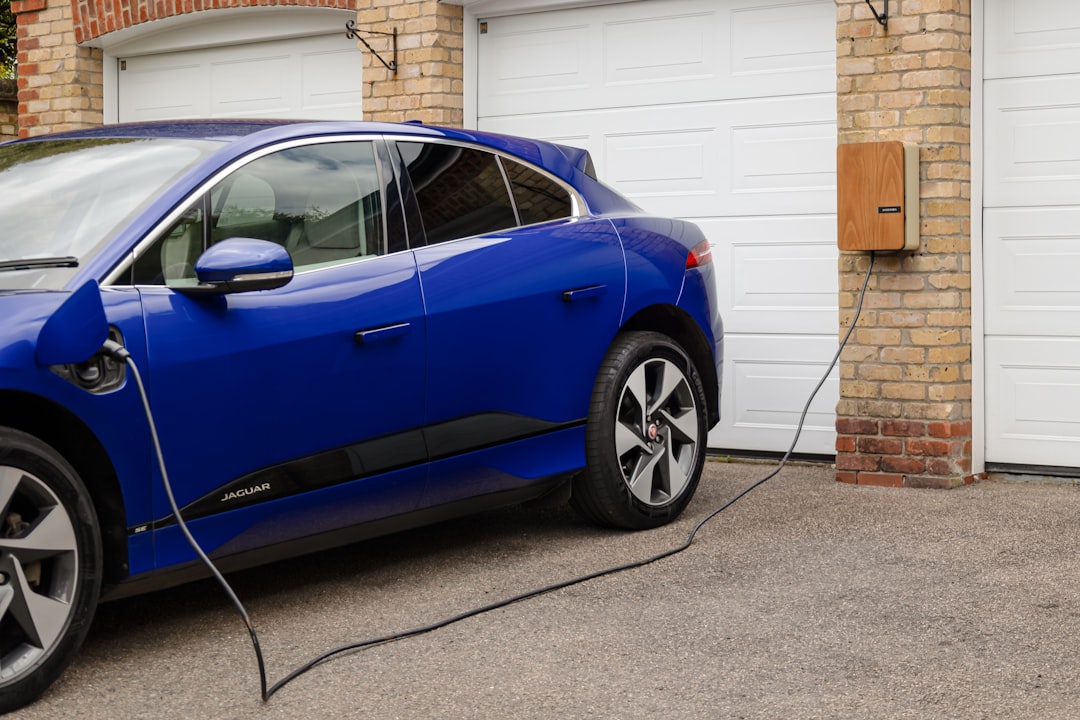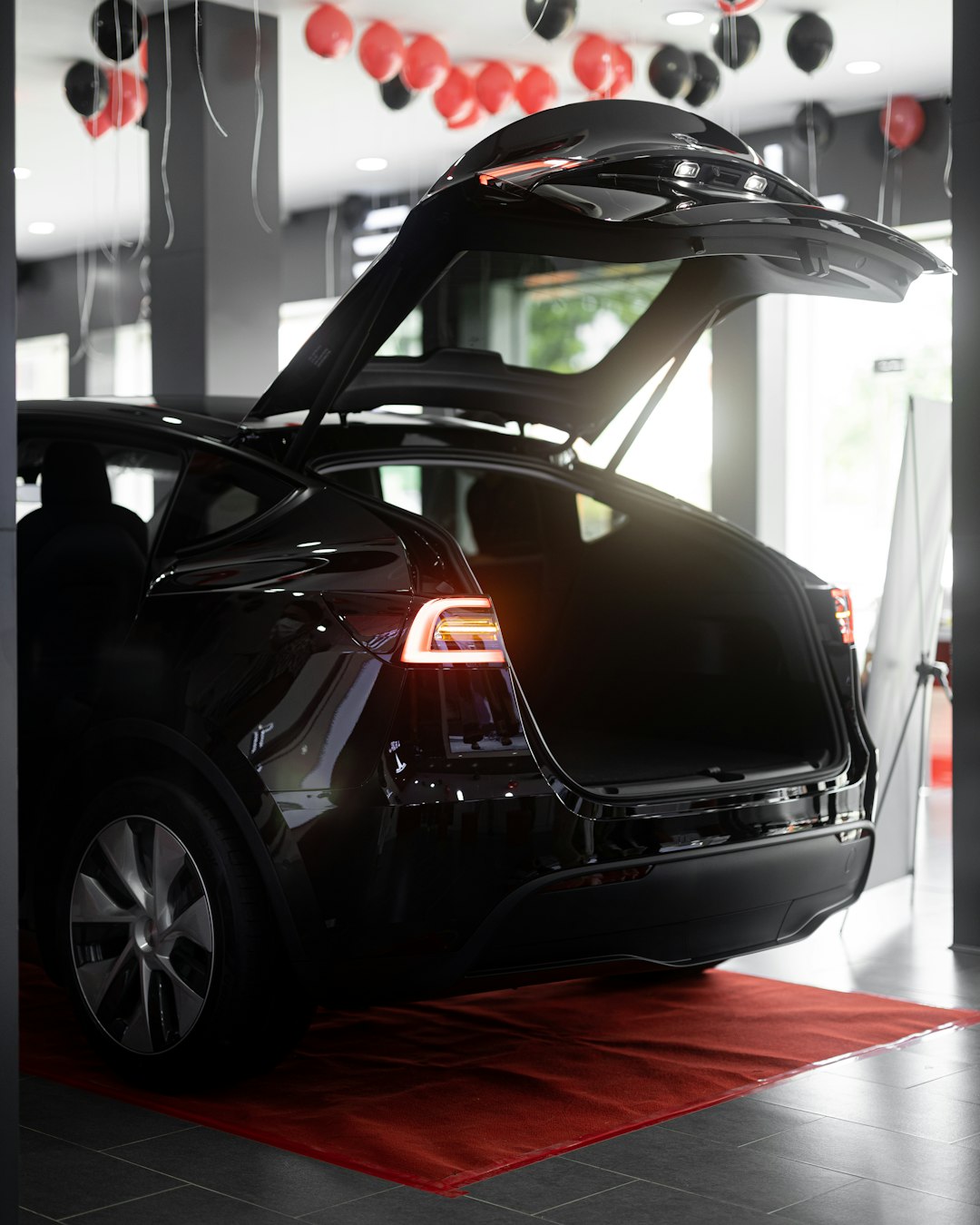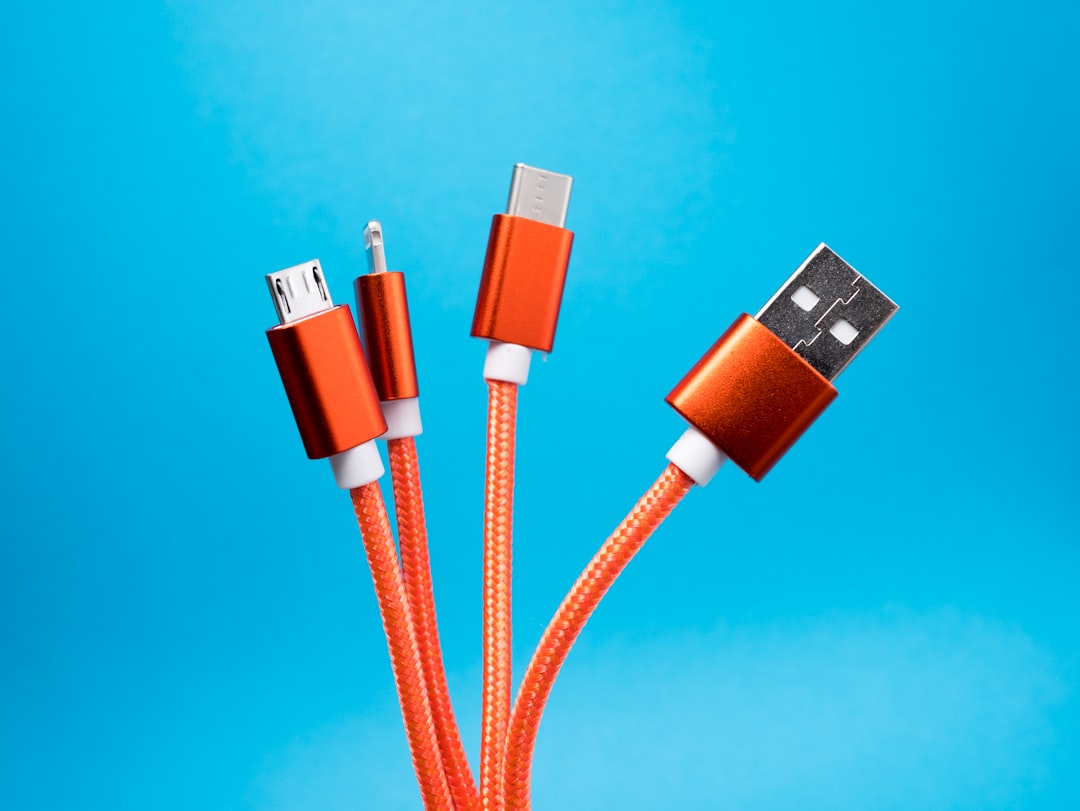As electric vehicles (EVs) become increasingly popular, more people are considering a Tesla as their next car. One of the most common questions potential buyers ask is: How long does it take to fully charge a Tesla? The answer depends on several variables such as the Tesla model, the battery size, the type of charger used, and the initial state of the battery. In this article, we’ll break down the charging times across all Tesla models using different types of charging equipment.
Understanding Tesla Charging Options
Tesla offers multiple charging options, ranging from slow but convenient home charging to fast and efficient commercial charging. Before diving into specific models, here’s a quick overview of the most common charging methods:
- Level 1 Charging: Standard 120V household outlet. Slowest charging method.
- Level 2 Charging: 240V outlet or installed home charger. Common for home installations.
- Tesla Supercharger: DC fast charging stations for quick top-ups during travel.
Charging Times by Tesla Model
The actual time to fully charge a Tesla varies between models, primarily due to their different battery capacities. Below, we’ve grouped Tesla’s vehicles into major categories and outlined what you can expect in terms of charging duration.
Tesla Model S
The Tesla Model S is known for its luxury features and long range. Battery capacity ranges from 75 kWh to 100 kWh depending on the version.
- Level 1 (120V): 3–5 miles of range per hour. A full charge could take more than 3 days (72+ hours).
- Level 2 (240V): Adds 25–30 miles of range per hour. Full charge in around 10–14 hours.
- Supercharger: Up to 200 miles of range in approximately 15 minutes. Full charge in 45–60 minutes depending on battery size and state of charge.

Tesla Model 3
This compact sedan is Tesla’s best-selling model. The available battery sizes range from 55 kWh to 82 kWh.
- Level 1 (120V): Adds 3–4 miles per hour. Full charge in 50–80 hours depending on battery size.
- Level 2 (240V): 30–40 miles added per hour. Fully charge in roughly 8–11 hours.
- Supercharger: Charges approximately 170 miles in 15 minutes. Full charging can be done in around 30–45 minutes under ideal conditions.
Note: Tesla limits the rate of charge when the battery is nearly full, so the last 20% of charging usually takes longer than the first 80%.
Tesla Model X
The Model X is a luxury SUV with a minivan-like interior and comes with battery packs similar to the Model S.
- Level 1 (120V): Incredibly slow. Expect more than 80 hours to fully charge.
- Level 2 (240V): Adds about 25 miles per hour. Full charge in 10–14 hours.
- Supercharger: Up to 200 miles in about 15–20 minutes. Full charge in 45–60 minutes.

Tesla Model Y
The Model Y is a compact SUV that shares much of its DNA with the Model 3. Battery sizes usually range from 60 kWh to 82 kWh.
- Level 1 (120V): Adds 3–4 miles per hour. A full 0 to 100% charge could take 60–75 hours.
- Level 2 (240V): Adds 30–44 miles per hour. Takes approximately 9–12 hours to fully charge.
- Supercharger: Can add up to 162 miles in 15 minutes. Full charge in 30–45 minutes.
Factors That Influence Charging Time
Besides the EV model and charger type, several other factors affect the total time it takes to charge your Tesla:
- State of Charge: Charging a battery from 10% to 80% is much faster than charging from 80% to 100%.
- Battery Temperature: Cold batteries charge more slowly. Tesla manages battery temperature during charging, but extremes still slow the process.
- Software Limits: Tesla cars may temporarily limit charging speeds to extend battery life.
- Charger Load: If you’re using a shared or occupied Supercharger station, the charging speed might be reduced.
Home Charging vs Supercharging
Every Tesla owner should consider installing a Level 2 charger at home if possible. Here’s a quick comparison:
| Charger Type | Convenience | Charging Time | Best For |
|---|---|---|---|
| Level 1 (120V) | Very accessible | 50–100+ hours | Emergency or occasional charging |
| Level 2 (240V) | Home installation needed | 8–14 hours | Daily overnight charging |
| Tesla Supercharger | Public network | 30–60 minutes | Road trips and fast charging |
Optimizing Charging Practices
Charging to 100% daily may sound like a good idea, but Tesla recommends keeping the battery between 20% and 80% for routine use. This enhances long-term battery health.
Here are a few tips for responsible charging:
- Schedule charging during off-peak hours to reduce electricity costs.
- Use Tesla’s mobile app to monitor and control charging remotely.
- Precondition your battery in cold weather before charging for better efficiency.
- Avoid frequent Supercharging, as sustained high speeds can contribute to battery degradation over time.
Conclusion
The time it takes to fully charge a Tesla varies widely based on the model, method of charging, and your individual habits. While Level 1 chargers may take days, a Level 2 charger can fill your battery overnight. Superchargers are the fastest but should be used for convenience rather than daily charging.
As technology continues to evolve, Tesla is consistently improving both battery design and charging infrastructure. No matter which Tesla you choose, understanding your charging needs and options will allow you to maximize convenience and battery longevity.
For most drivers, a combination of home charging and occasional Supercharging delivers the best blend of efficiency, cost, and flexibility.




